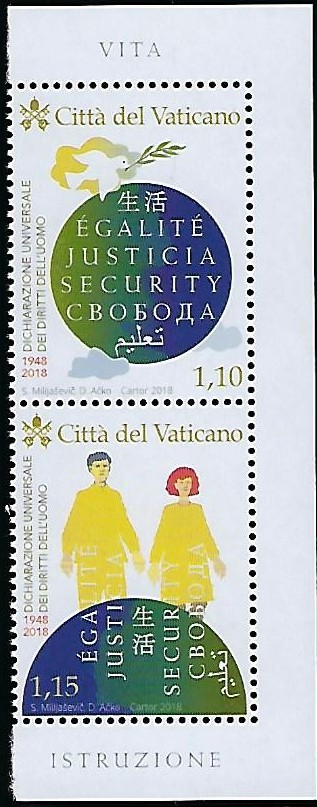
Home
 The Universal Declaration of Human Rights (UDHR) is an international document adopted by the United Nations General Assembly that enshrines the rights and freedoms of all human beings. Drafted by a UN committee chaired by Eleanor Roosevelt, it was accepted by the General Assembly as Resolution 217 during its third session on 10 December 1948 at the Palais de Chaillot in Paris, France. Of the 58 members of the United Nations at the time, 48 voted in favor, none against, eight abstained, and two did not vote. In 2022, all 193 member states of the United Nations have ratified at least one of the nine binding treaties influenced by the Declaration, with the vast majority ratifying four or more. While there is a wide consensus that the declaration itself is non-binding and not part of customary international law, there is also a consensus that many of its provisions are binding and have passed into customary international law, although courts in some nations have been more restrictive on its legal effect. Nevertheless, the UDHR has influenced legal, political, and social developments on both the global and national levels, with its significance partly evidenced by its 530 translations, the most of any document in history.  Artist Svetlana Milijašević designed the miniature sheet of six stamps (3@€1,10 and 3@€1,15) to commemorate the 70th anniversary of the UDHR. Her design includes symbols such as the globe, a dove, and the figures of a man and a woman. Incorporated into some of the stamps are words in various languages such as liberty, security, life, justice, equality, and education. Technical Details: Scott Catalogue - 1696 - 1696M Date Issued - 09 November 2018 Face Value - €1,10 €1,15, 3 x €1,10 3 x €1,15 Perforations - 13x13.25 Printing Process - Offset Printer - Cartor (France) Max Printed - 60,000 |
| (Source - Vatican Notes: Volume: 67 Issue: 379 Page: 4-7 en.wikipedia.org) |